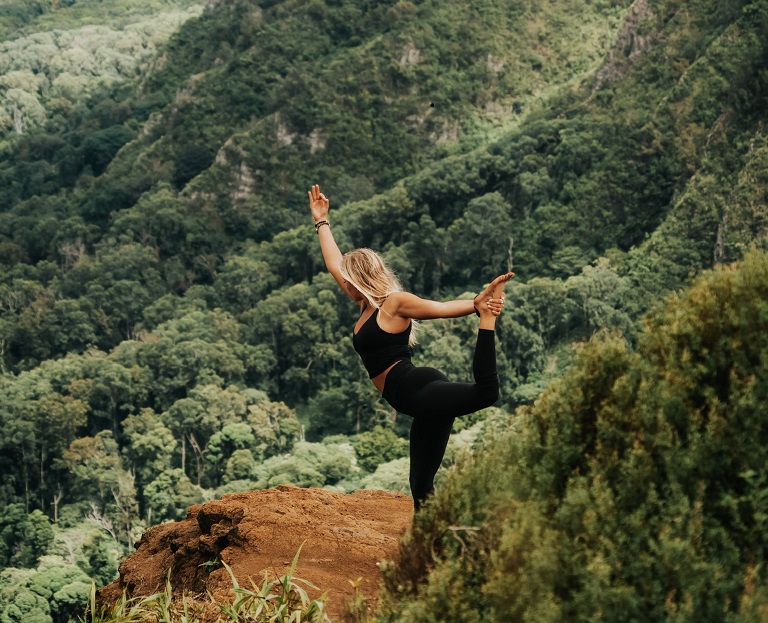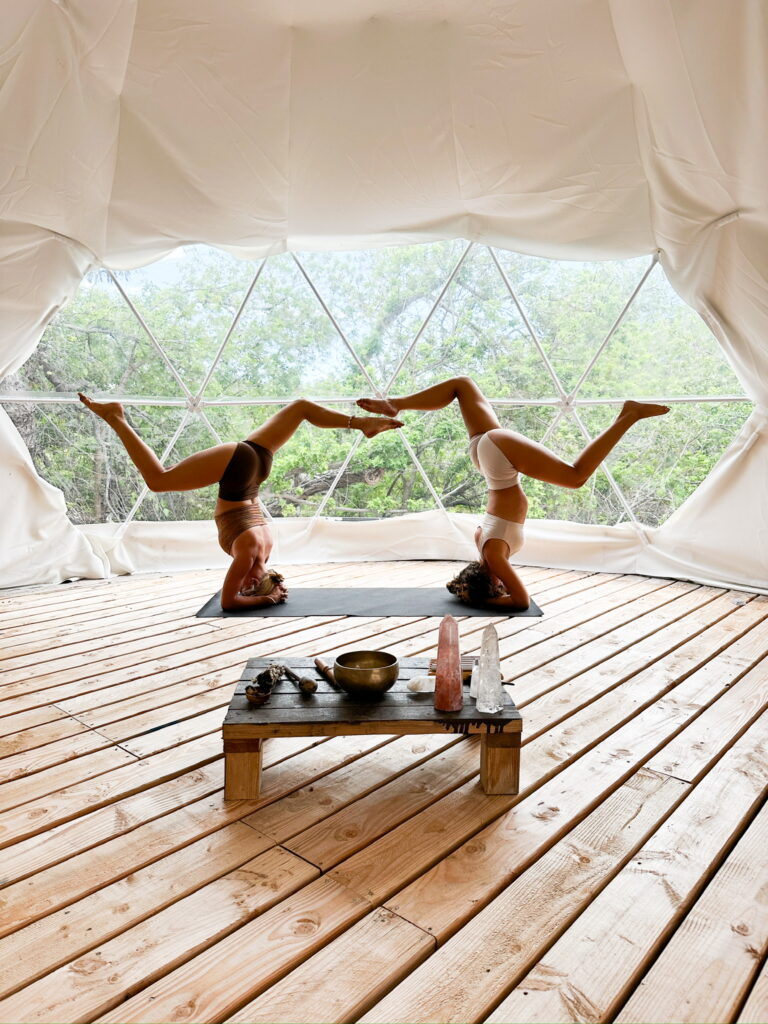Mindfulness in Motion: Incorporating Exercise for Mental Clarity and Emotional Well-Being

In the hustle and bustle of modern life, where stress and anxiety often take center stage, finding those moments of peace and clarity is essential for maintaining overall well-being. While the connection between physical activity and physical health is widely acknowledged, the profound impact of exercise on mental clarity and emotional well-being is lesser known but equally significant. Below, Katherine Gail Kreidle explores the symbiotic relationship between exercise and mental health, shedding light on how various forms of physical activity can serve as powerful tools for cultivating mindfulness and emotional balance.
Understanding the Mind-Body Connection
The mind-body connection is a fundamental concept of holistic well-being. Physical activity has the remarkable ability to influence not only our physical health, but also our mental and emotional states. The key lies in understanding the intricate interplay between the body’s movement and the mind’s response.
1. Stress Reduction through Exercise:
Physical activity, be it a vigorous workout or a gentle stroll, has proven to be a potent stress-reliever. When we engage in exercise, our bodies release endorphins—natural mood enhancers that act as stress busters. This not only helps to reduce any immediate feelings of stress, but also contributes to long-term emotional well-being.
2. Mood Enhancement and Endorphin Release:
The release of endorphins during exercise goes beyond stress reduction; it positively impacts overall mood and emotional states. These “feel-good” chemicals act as natural painkillers and mood elevators, creating a sense of euphoria commonly known as the “runner’s high.” Activities such as running, cycling, or dancing can be particularly effective in triggering this positive response.
3. Yoga and Mindful Movement:
Yoga, with its focus on breath, movement, and mindfulness, is renowned for its ability to promote mental clarity and emotional balance. The combination of physical postures, breath control, and meditation in yoga greatly contributes to reduced anxiety, improved concentration, and an overall sense of calm.
Yoga offers a profound pathway to enhance presence, mindfulness, and a deeper spiritual connection. This holistic discipline goes beyond the physical postures (asanas); it is an exploration into the depths of the self, allowing individuals to connect more intimately with their inner being and the world around them.
At the heart of yoga is the principle of mindfulness — the practice of being fully present in the moment. Through mindful breathing (pranayama) and focused attention on movements, yoga cultivates an acute awareness of the here and now. This heightened awareness brings a sense of clarity and calm, as practitioners learn to observe their thoughts and feelings without judgment. In a world that often feels hurried and fragmented, this mindful practice allows for a pause, a precious space where one can reconnect with the present moment. It’s in these moments of stillness and introspection that one can more deeply tune into the subtleties of one’s own mind and body.
4. Connection between Cardiovascular Exercise and Cognitive Function:
Studies have shown that cardiovascular exercise, which elevates heart rate and increases blood flow, has a particularly positive impact on cognitive function. Regularly engaging in aerobic activities, such as brisk walking, jogging, or swimming, have been linked to improved memory, sharper attention, and overall enhanced cognitive abilities.
Choosing Your Mindful Movement Practice

Running and Jogging:
Running or jogging is a dynamic and accessible form of exercise that can be tailored to virtually any fitness level. The rhythmic nature of running invokes a meditative state, allowing individuals to easily clear their minds and gain mental clarity.
Yoga and Meditation:
Yoga encompasses a variety of practices, including postures (asanas), breathwork (pranayama), and meditation. These elements work synergistically to create a holistic experience that nurtures both the body and mind.
Mindful Walking:
Simple yet effective, mindful walking involves paying close attention to each step and breath. Whether practiced in nature or as part of a daily routine, mindful walking provides an opportunity to be entirely present while cultivating awareness.
Dance and Aerobic Activities:
Dance and aerobic exercises, such as Zumba or aerobics classes, combine movement with music, making them enjoyable ways to engage in physical activity. The rhythm and coordination involved contribute to improved mood and emotional well-being.
Incorporating Mindfulness into Your Routine

- Set Realistic Goals: Begin by setting achievable and realistic exercise goals. Whether it’s a 20-minute walk, a yoga session, or a quick jog, consistency is key. Gradually increase the intensity and duration as your fitness level improves.
- Embrace Variety: Experiment with different forms of exercise to find what resonates with you. The key is to choose activities that you enjoy, making it easier for you to stick with them in the long term.
- Mindful Breathing: Incorporate mindful breathing exercises into your routine, especially during and after physical activity. Focusing on your breath enhances the mind-body connection, promoting relaxation and mental clarity.
- Practice Gratitude: Take a moment after your exercise routine to reflect on the positive aspects of the experience. Directly acknowledge the sense of accomplishment, improved mood, or increased energy levels to foster a mindset of gratitude.
Conclusion: A Holistic Approach to Well-Being
Mindfulness in motion, through intentional and mindful movement, has the power to transform not only our physical health, but also our overall mental and emotional states. By incorporating exercises that promote mindfulness, individuals can tap into the profound benefits of physical activity—reducing stress, enhancing mood, and cultivating emotional well-being. Whether it’s the rhythmic cadence of running, the meditative flow of yoga, or the joyful expression of dance, each movement can function as a step toward achieving a harmonious balance between the body and mind.